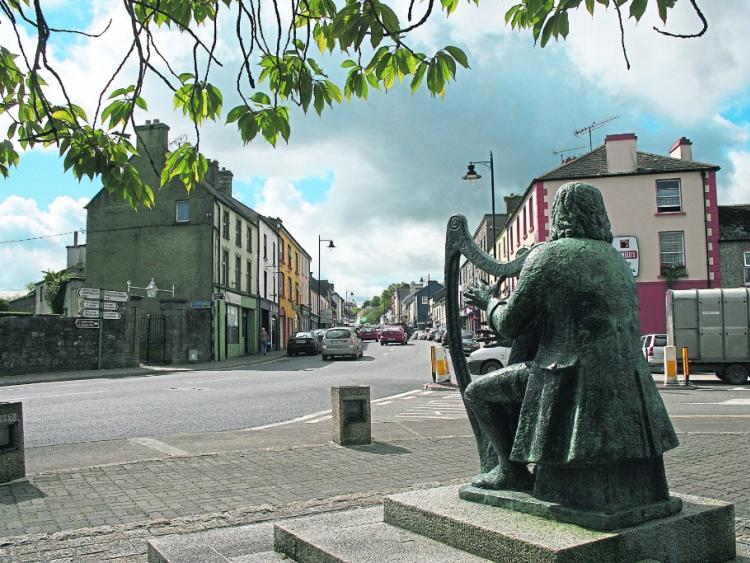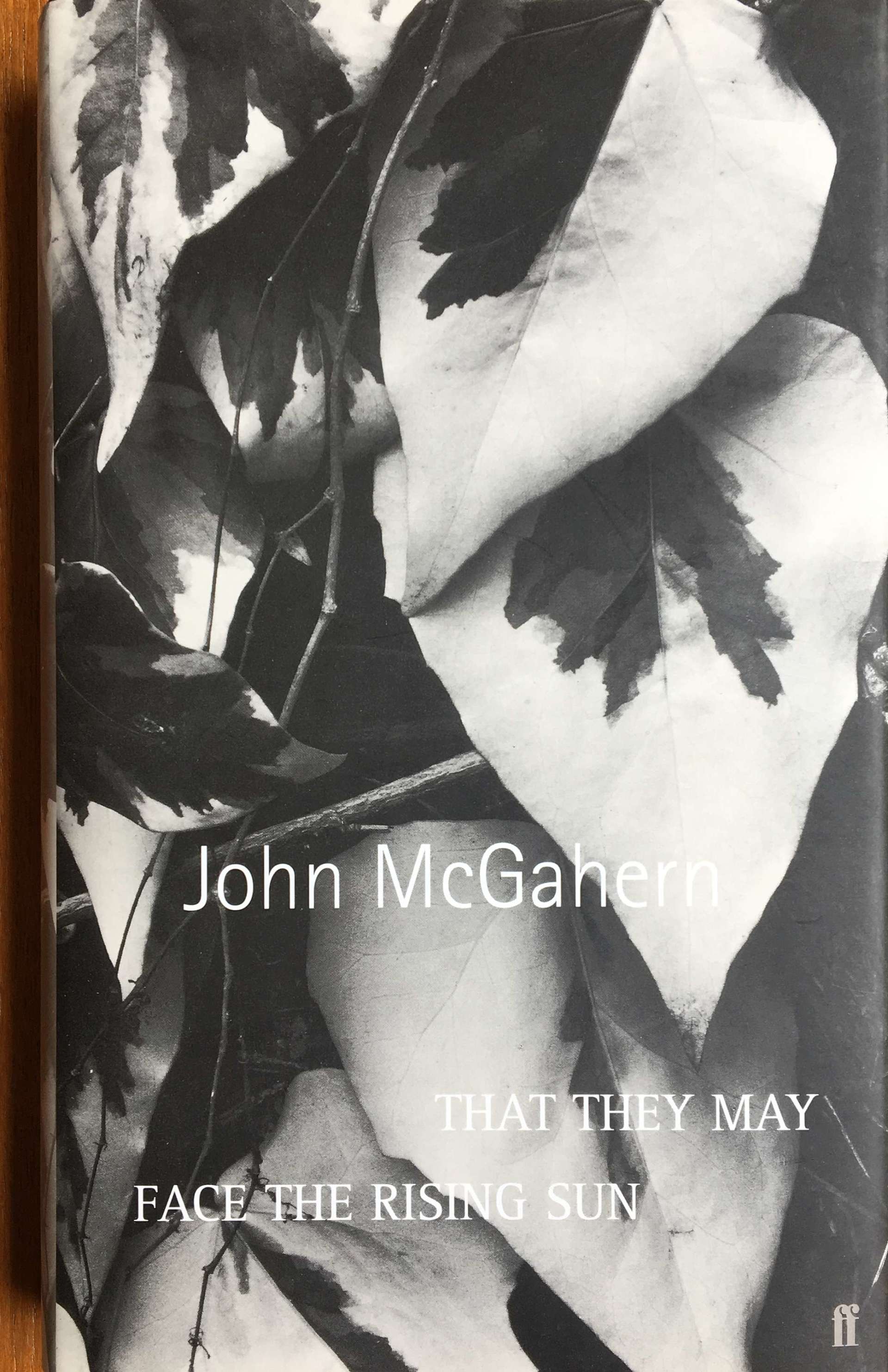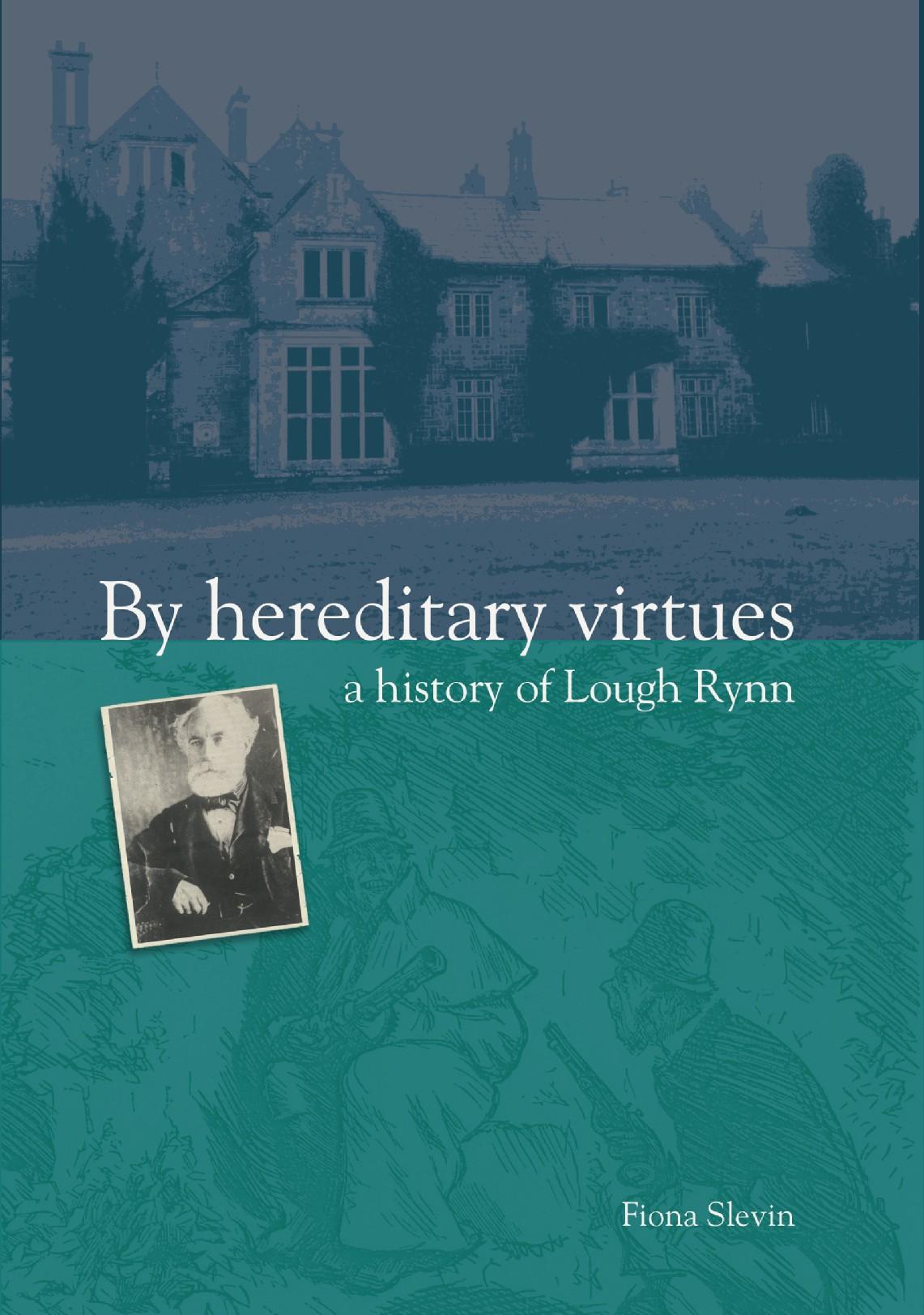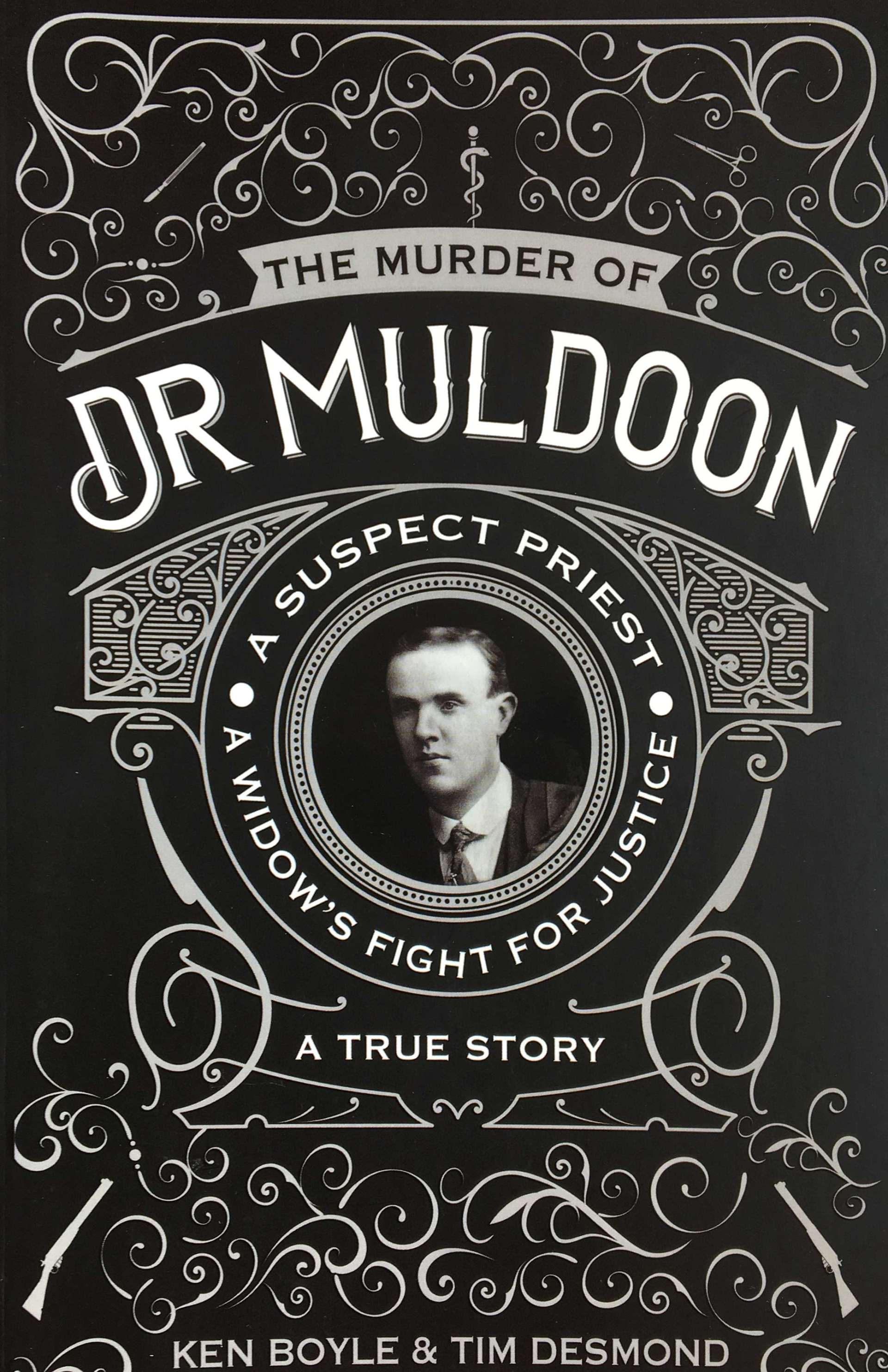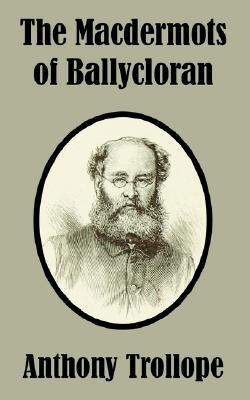"Mohill is our town . . .
. . . In its plain way I think it beautiful. There is no desolate big street. The simple streets link perfectly into one another. I like the town best in winter, the outskirts glistening with frost, the excitement on the faces of people in from the countryside for the late Saturday-night shipping, children and parcels being dragged under the street-lamps. When the shopping is done, they go to the bars to meet the people they know and to discover the news, each locality to its own bar. In early March, on a Thursday market day, once I see the bags of seed potatoes and bundles of cabbage plants – Early York and Flat Dutch, Greyhound and Curly – on the corner outside Luke Early’s bar, each bundle tied with baler twine of all colours, I know the winter is almost over. I think of Mohill as one of the happiest towns in the world.
From John McGahern, 'County Leitrim: The Sky Above Us' published in 'Love of the World' Faber & Faber 2009 © John McGahern Estate
